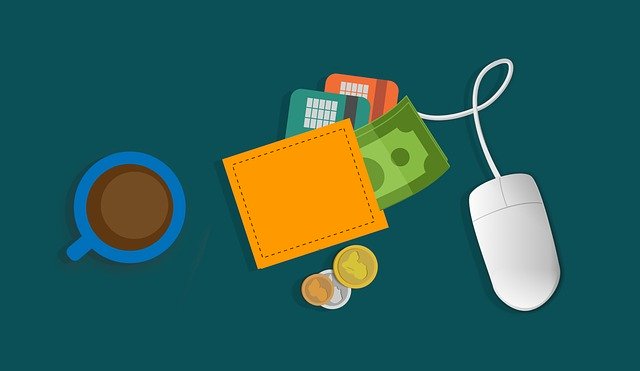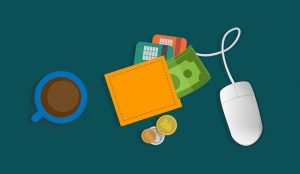
How to Record Accounts Payable In Quickbooks
 Does your business owe money to a vendor? Regardless of what type of business you operate, you’ll probably have to buy products and services from various vendors. Nearly all businesses spend at least some money to execute their own money-making operations. When you owe money to a vendor, though, you’ll need to record the bill so that you can keep track of it. Thankfully, Quickbooks makes it easy to record accounts payable records such as this.
Does your business owe money to a vendor? Regardless of what type of business you operate, you’ll probably have to buy products and services from various vendors. Nearly all businesses spend at least some money to execute their own money-making operations. When you owe money to a vendor, though, you’ll need to record the bill so that you can keep track of it. Thankfully, Quickbooks makes it easy to record accounts payable records such as this.
What Is Accounts Payable?
Accounts payable is a financial record stored in a balance sheet or general ledger that symbolizes money owed. If your business owes money that must be repaid over a short period, you can record it as an accounts payable. It’s important to note that accounts payable is not the same as liabilities. A liability is a type of formal debt, whereas accounts payable is simply money that your business owes to a vendor — or a different individual or business — with the obligation to repay it over a short period.
Steps to Recording Accounts Payable in Quickbooks
You can record accounts payable in Quickbooks in several ways, one of which is to create a purchase order. Assuming you use Quickbooks Desktop, you’ll have the option to create a purchase order. A purchase order, of course, is a bill stating that you owe a vendor money for one or more purchased products or services. You can enable purchase orders in Quickbooks Desktop by accessing the “Vendors” menu and choosing “Create Purchase Orders.” From here, choose “Add New” under the menu for “Vendor,” at which point you can complete the fields by adding information about the bill.
Another way to record accounts payable in Quickbooks is to create a bill for the money owed. From the home screen, choose the option for “Enter Bills,” followed by selecting the vendor to whom your business owes the money. Next, enter the date by which your business is obligated to pay the bill. You can then specify whether the bill is for an expense or an item. Expenses are ongoing financial obligations, such as utilities, wheres items consist of inventory, shipping and other financial transactions.
Regardless of which method you use, you’ll need to pay the accounts payable by its due date. Once recorded, though, you’ll be able to see the due date for all your business’s accounts payable records.
Did this tutorial work for you? Let us know in the comments section below!
